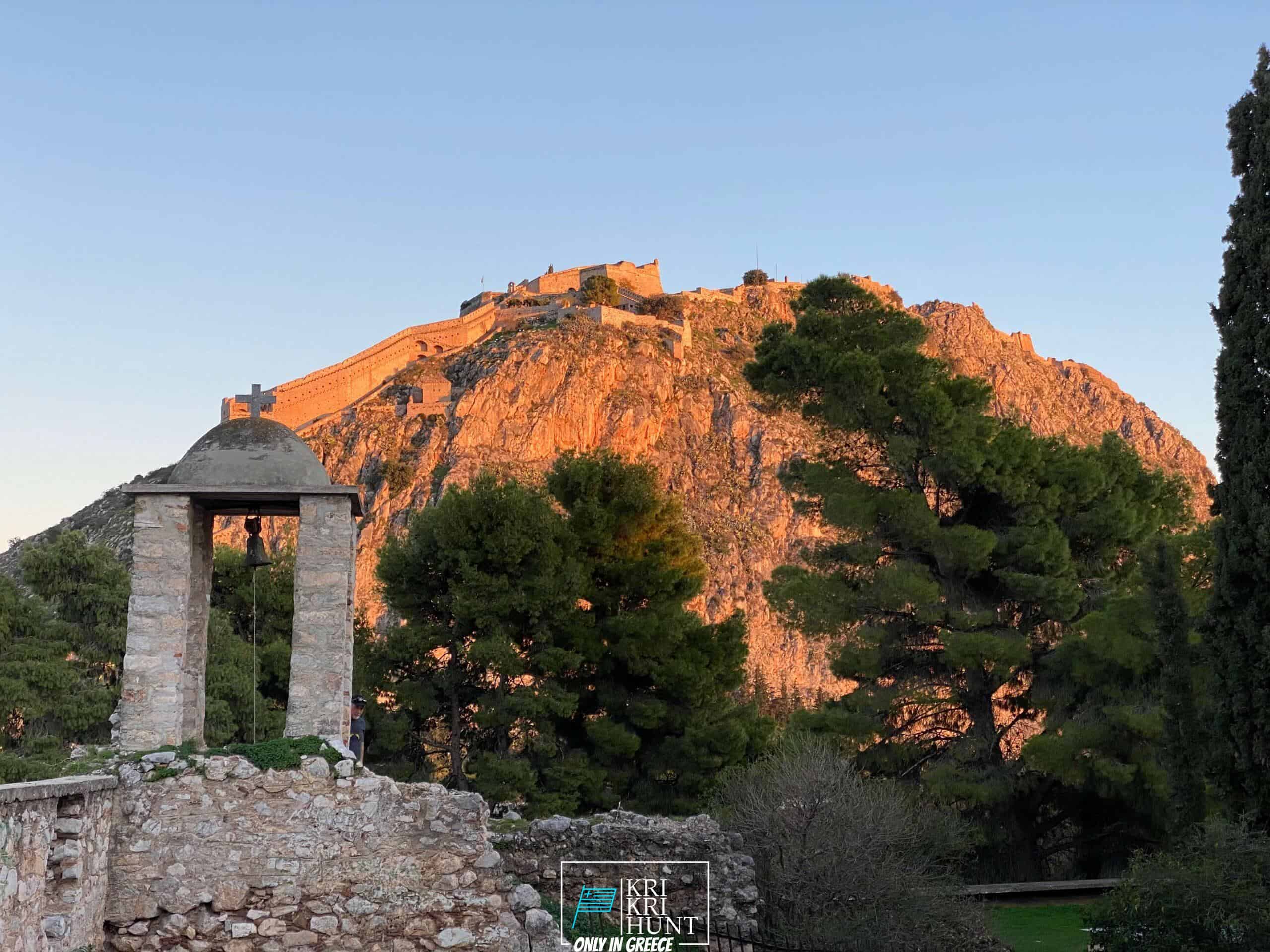
To many individuals, The Peloponnese peninsula on the Greek Mainland is the 'genuine' Greece, where things have not transformed much whatsoever over the centuries although that lots of people have discovered it. If you are searching for a genuine Greek outdoor experience, look no more than the Peloponnese! Below you can diving as well as hunting on unique islands and touring at the same time.

Searching kri kri ibex in Greece is a difficult endeavor for both neighborhood and also abroad hunters. Searching big game in Greece is restricted for abroad seekers. Swine and also roe deer are the only alternatives for neighborhood seekers aside from kri kri ibex, which might just be hunted in special searching territories such as specific islands. In Athens, we provide the possibility to quest this unbelievable monster on two separate islands that are around 150 kilometers away and also 300 kilometers away, specifically. The Kri Kri Ibex as well as mouflon may just be shot on unique searching locations from very early in the morning up until noontime, according to Greek law. You need to schedule a year ahead of time for a permit. Only shotguns are allowed, as well as only slugs might be utilized. Because the Greek Ministry of Nature and Agriculture problems only a particular number of licenses each year, major hunters are allowed on these trips.
Our outdoor searching, fishing, as well as cost-free diving tours are the best means to see whatever that Peloponnese has to supply. These trips are designed for tourists who want to get off the beaten path and also actually experience all that this incredible region has to offer. You'll reach go hunting in some of one of the most stunning wilderness areas in Greece, fish in crystal-clear waters for a range of various species, as well as complimentary dive in a few of one of the most stunning coastline in the Mediterranean. And most importantly, our skilled overviews will certainly be there with you every step of the way to make sure that you have a enjoyable and secure experience.
If you are trying to find Kri Kri ibex quest and also extraordinary holiday destination, look no more than the Sapientza island in Greece. With its sensational natural elegance, delicious food, and abundant culture, you will certainly not be let down. Schedule one of our searching and touring Peloponnese Tours from Methoni today, dot forget your prize Kri Kri ibex!
What is the diference between Kri Kri ibex, Bezoar ibex and hybrid ibex
The kri-kri is not thought to be indigenous to Crete, most likely having been imported to the island during the time of the Minoan civilization. Nevertheless, it is found nowhere else and is therefore endemic to Crete. It was common throughout the Aegean but the peaks of the 8,000 ft (2,400 m) White Mountains of Western Crete are their last strongholds–particularly a series of almost vertical 3,000 ft (900 m) cliffs called ‘the Untrodden’—at the head of the Samaria Gorge. This mountain range, which hosts another 14 endemic animal species, is protected as a UNESCO Biosphere Reserve. In total, their range extends to the White Mountains, the Samaria National Forest and the islets of Dia, Thodorou, and Agii Pandes.
This Ibex is NOT a diminutive form of the Bezoar Ibex, which has migrated into the western-most reach of the range of this species. The kri – kri (Capra aegagrus cretica), sometimes called the Cretan goat, Agrimi, or Cretan Ibex, is a feral goat inhabiting the Eastern Mediterranean, previously considered a subspecies of wild goat. The kri-kri has a light brownish coat with a darker band around its neck. It has two horns that sweep back from the head. In the wild they are shy and avoid tourists, resting during the day. The animal can leap some distance or climb seemingly sheer cliffs.
“The agrimi goat Capra aegagrus cretica is unique to Crete and its offshore islands. It has been identi®ed as a sub-species of the wild bezoar goat Capra aegagrus aegagrus Erxleben, 1777, which it closely resembles in horn shape, body form and coloration. This classi®cation has been disputed by some researchers who claim that the agrimi are feral goats, derived from early domestic stock brought to the island by the ®rst Neolithic settlers. In order to clarify this issue, DNA analyses (cytochrome b and D loop sequences) were carried out on tissue of live and skeletonized agrimi and compared to sequences of wild and domestic caprines. Results conclusively show the agrimi to be a feral animal, that clades with domestic goats (Capra hircus) rather than with wild Asiatic bezoar. This study demonstrates that morphometric criteria do not necessarily re¯ect genetic af®nities, and that the taxonomic classi®cation of agrimi should be revised.”